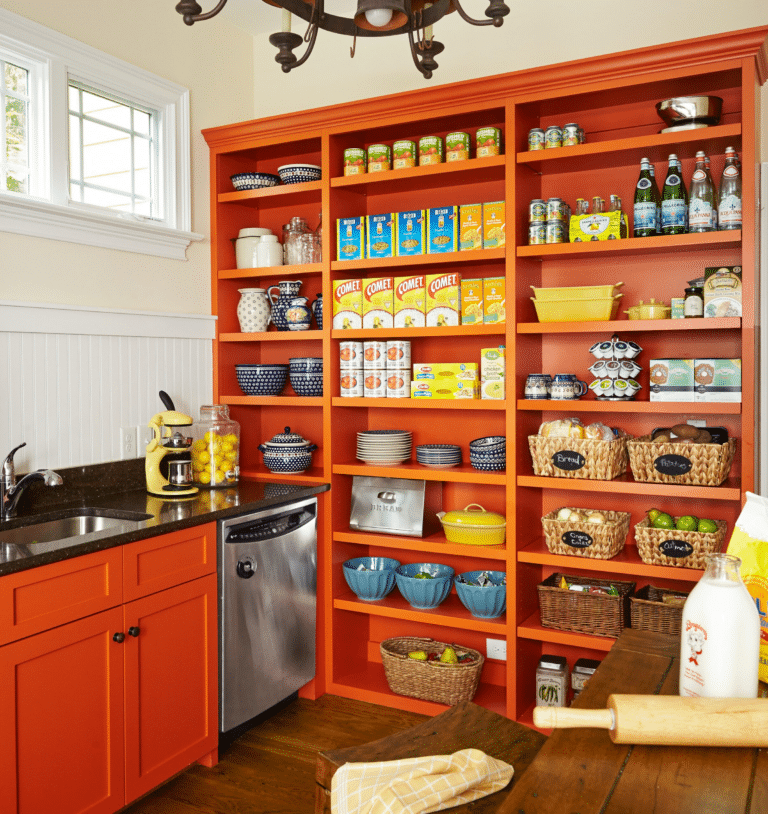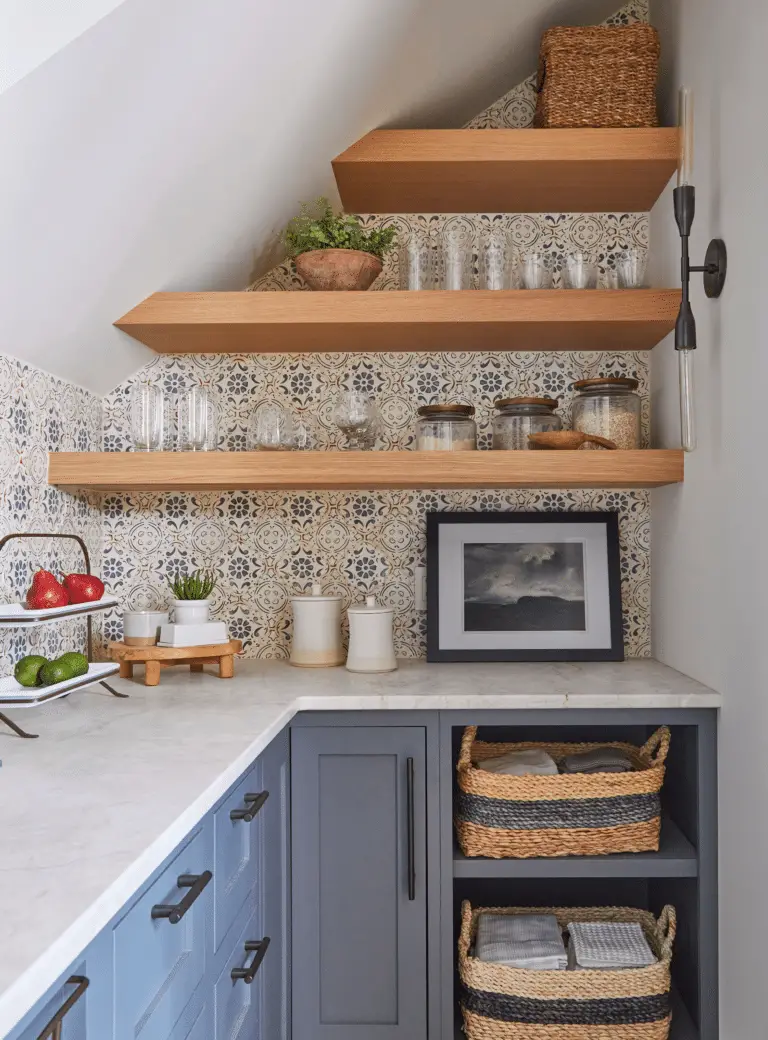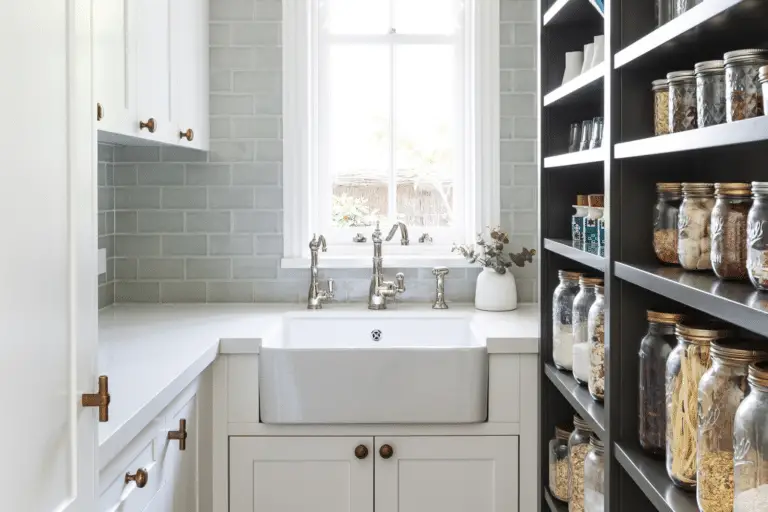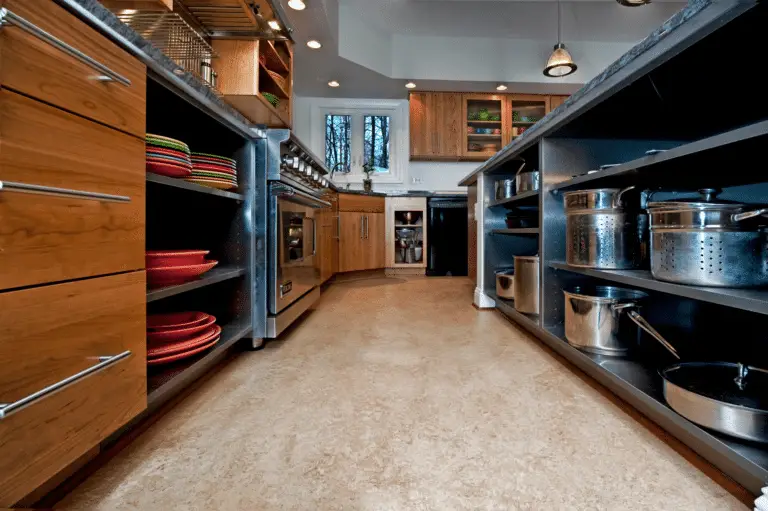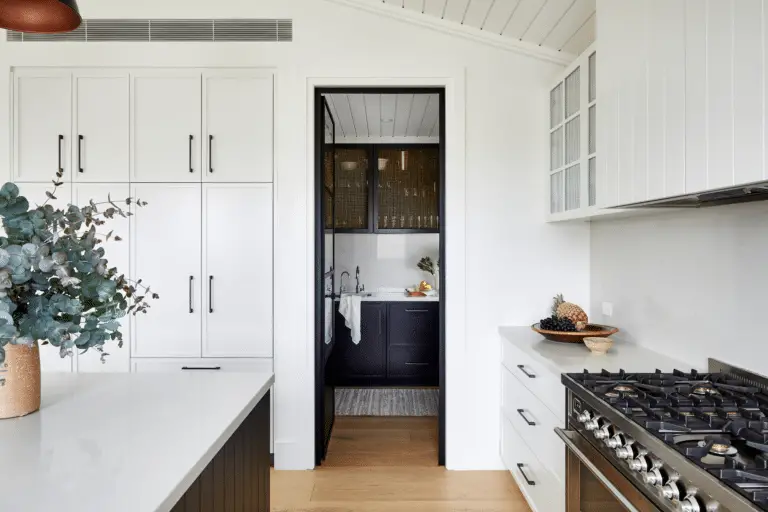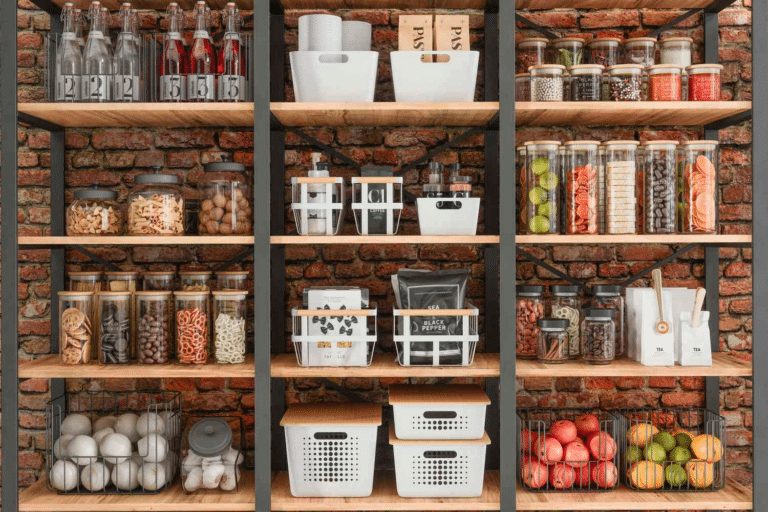Hey there, ready to level up your pantry game? Framing a pantry is not just about slapping some shelves together – it’s an art! In this post, we’ll dive into the basics of pantry framing, the necessary tools and materials, a step-by-step guide, common mistakes to avoid, and tips on maintenance. Learn how to frame a pantry like a pro and enjoy the benefits of a well-organized space. Let’s get started!

Introduction to Framing a Pantry
When it comes to organizing your kitchen, having a well-structured pantry is key to keeping everything in order. Pantry framing plays a crucial role in creating a sturdy and functional space for storing your food items and kitchen essentials. In this section, we will delve into the basics of pantry framing and explore the importance and benefits of having a well-framed pantry.
Understanding Pantry Framing
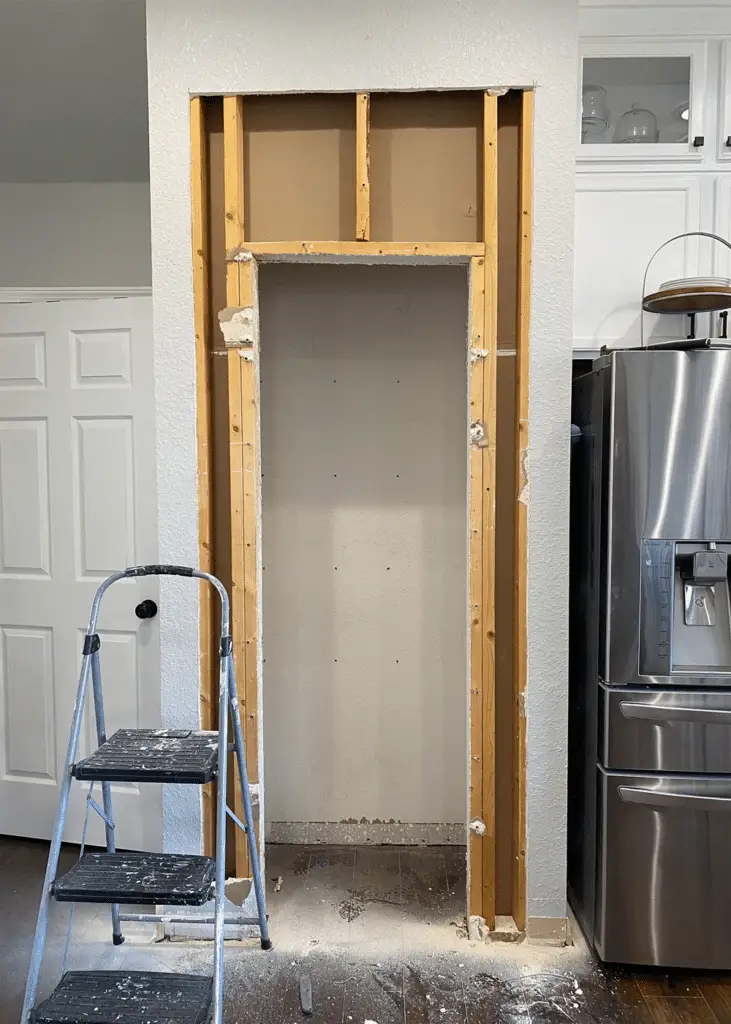
Pantry framing refers to the construction of a frame structure that will serve as the backbone of your pantry. This frame provides support for shelves, drawers, and other storage components, ensuring that they are secure and stable. The type of frame materials and construction methods used can vary depending on the size and design of your pantry.
The Importance of a Well-Framed Pantry
A well-framed pantry offers numerous benefits, including maximizing storage space, improving organization, and enhancing the overall aesthetic of your kitchen. By investing time and effort into framing your pantry properly, you can create a functional and efficient storage area that will make meal prep and cooking a breeze.
Additionally, a well-constructed pantry frame can increase the resale value of your home, making it a worthwhile investment for both your current needs and future potential buyers. With the right tools, materials, and techniques, you can transform your pantry into a well-organized and visually appealing space that meets your storage needs.
Necessary Tools and Materials for Framing a Pantry
When it comes to framing a pantry, having the right tools and materials is essential to ensure a sturdy and durable structure. In this section, we will discuss the necessary items you will need for the job and provide tips on how to choose quality and durable options.
Tools
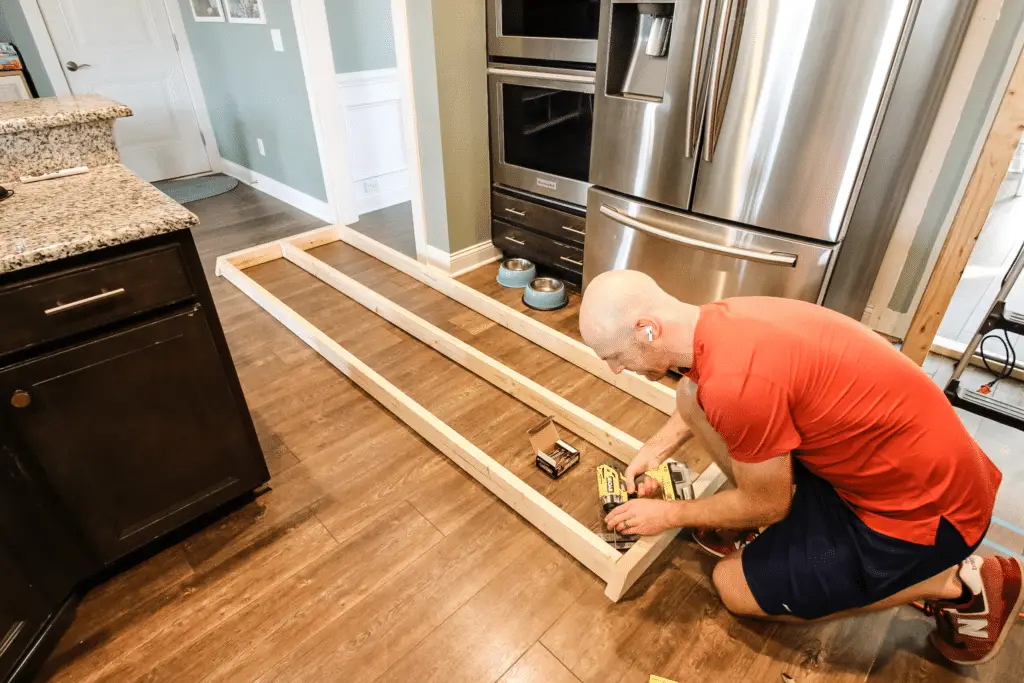
One of the key tools you will need for framing a pantry is a framing hammer. This tool is specifically designed for framing work, with a larger head and longer handle for driving nails into the wood. Additionally, a framing square is crucial for ensuring that corners are perfectly square and angles are accurate.
A good quality tape measure is a must-have for precise measurements, while a chalk line can help you mark straight lines on the floor and walls for accurate framing. A circular saw is essential for cutting lumber to size, while a level will ensure that everything is plumb and level during the framing process.
Materials
The quality of the materials you use for framing your pantry will directly impact the longevity and stability of the structure. When choosing lumber for your pantry frame, opt for pressure-treated or moisture-resistant wood to prevent warping and rotting over time.

For fastening the framing components together, make sure to use galvanized nails or screws that are designed for use in framing applications. These will provide a strong and secure connection that will hold up over time.
When it comes to insulation, choose a high-quality insulation material that will help regulate the temperature in your pantry and prevent heat loss. Additionally, consider using drywall or another suitable material to finish the walls and ceiling of your pantry for a polished and professional look.
Choosing Quality and Durable Items
When selecting tools and materials for framing your pantry, it’s important to prioritize quality and durability. Investing in high-quality tools will not only make the job easier and more efficient but will also ensure that your pantry frame is built to last.
Similarly, choosing durable materials will help prevent issues such as warping, rot, and mold down the line. While it may be tempting to cut costs by opting for cheaper options, investing in quality tools and materials upfront will save you time and money in the long run by avoiding potential repairs and replacements.
By carefully selecting the right tools and materials for your pantry framing project, you can ensure that your pantry is built to last and provide you with years of reliable storage space.
Step-by-Step Guide on How To Frame A Pantry
When it comes to framing a pantry, the process may seem daunting at first, but with the right tools and a solid plan, you can create a sturdy and functional pantry frame that will serve you well for years to come. In this section, we will walk you through a step-by-step guide on how to frame a pantry from start to finish.
1. Evaluate the Space
Before you begin framing your pantry, take the time to evaluate the space where it will be located. Measure the dimensions of the area to determine how much space you have to work with. Consider the height, width, and depth of the pantry to ensure that it will fit your needs. This step is crucial in ensuring that your pantry frame will be properly sized and proportioned.
2. Gather Your Materials
Once you have assessed the space, gather all the necessary materials for framing your pantry. This may include wood studs, screws, nails, a saw, a drill, and a level. Make sure to choose quality materials that are durable and will provide a strong foundation for your pantry frame. Investing in high-quality materials will ensure that your pantry frame will stand the test of time.
3. Start the Framing Process
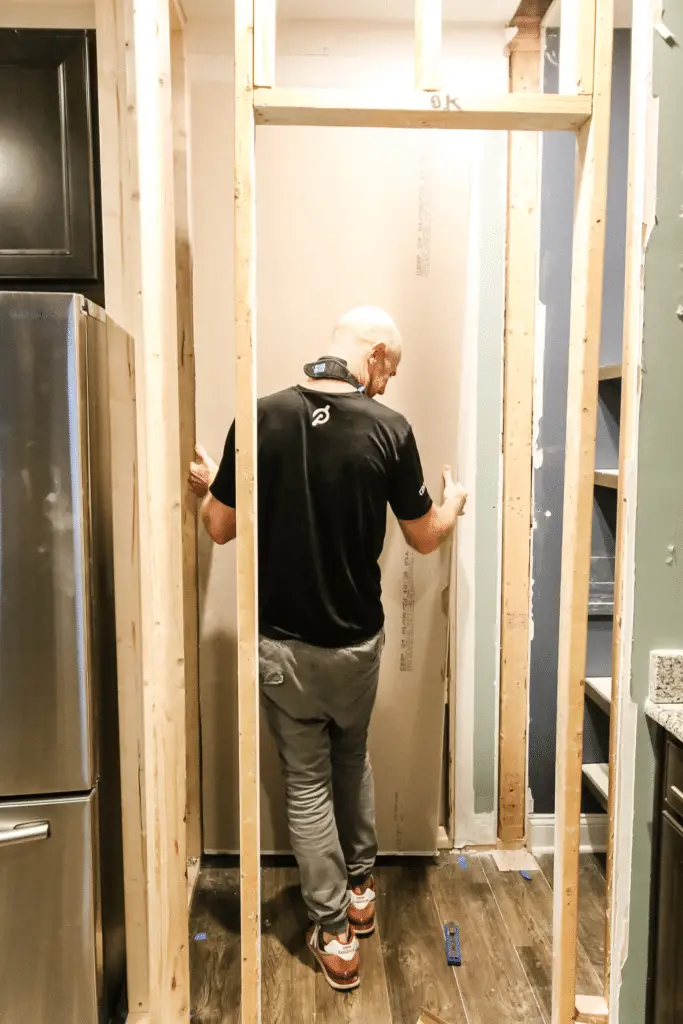
Begin the framing process by marking the layout of your pantry frame on the walls and floor of the space. Use a level to ensure that your lines are straight and accurately represent the dimensions of the pantry. Once you have the layout marked, start cutting your wood studs to the appropriate lengths using a saw. Remember to measure twice and cut once to avoid any mistakes.
4. Attach the Frame
With your wood studs cut to size, begin attaching them to the walls and floor according to your layout. Use screws or nails to secure the studs in place, making sure they are level and plumb. As you progress, continuously check the level of your frame to ensure that it is straight and properly aligned. This step is crucial in creating a sturdy and stable pantry frame.
5. Finish and Finalize

Once the frame is securely in place, take the time to double-check all your measurements and make any necessary adjustments. Add cross braces for additional support if needed. Finally, add any finishing touches such as trim or paint to complete the look of your pantry frame. With attention to detail and precision throughout the process, you can create a beautiful and functional pantry frame that will meet all your storage needs.
Framing a pantry may require some time and effort, but with the right guidance and attention to detail, you can successfully create a strong and reliable pantry frame that will enhance the organization and functionality of your space. By following these step-by-step instructions, you can frame your pantry with confidence and achieve the pantry of your dreams.
Mistakes to Avoid When Framing a Pantry
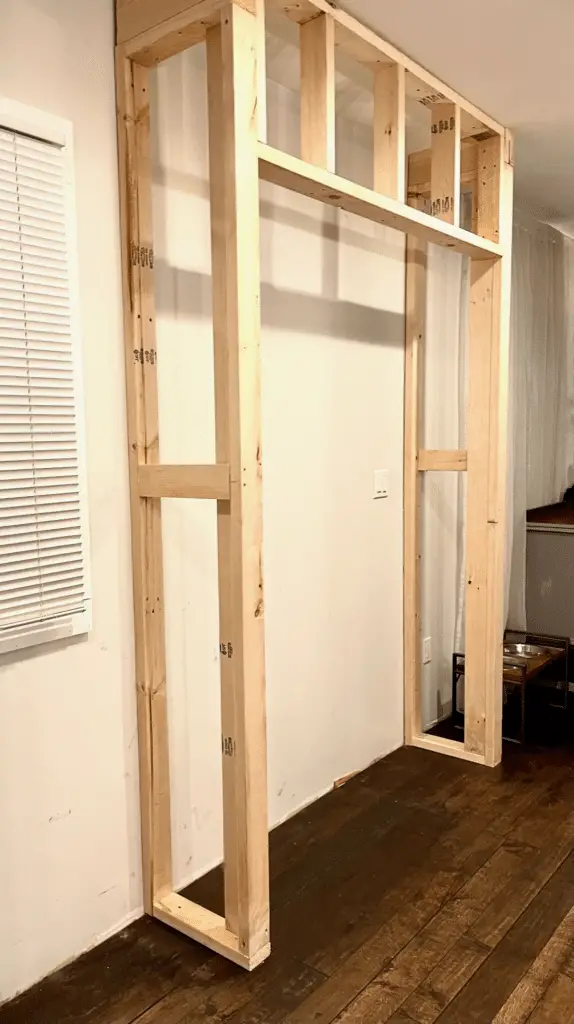
When embarking on the project of framing a pantry, it is essential to be aware of common mistakes that DIYers often make. By steering clear of these pitfalls, you can ensure a smooth and successful pantry framing process.
1. Neglecting Proper Measurements
One of the most crucial steps in pantry framing is taking accurate measurements. Failing to measure correctly can lead to ill-fitting components and structural weaknesses in your pantry frame. To avoid this mistake, double-check all measurements before cutting any materials.
2. Using Inadequate Tools
Having the right tools for the job is key to a successful pantry framing project. Using inadequate or improper tools can result in sloppy workmanship and compromised structural integrity. Invest in quality tools that are appropriate for the task at hand to ensure precision and efficiency.
3. Overlooking Structural Support
Proper structural support is essential for a sturdy and durable pantry frame. Neglecting to reinforce critical areas or using subpar materials can lead to sagging shelves, unstable walls, and potential safety hazards. Make sure to follow recommended guidelines for structural support and choose high-quality materials for long-lasting results.
4. Ignoring Building Codes and Regulations
When framing a pantry, it is crucial to adhere to local building codes and regulations. Failure to comply with these requirements can result in costly fines, delays, or even having to redo the entire project. Before starting your pantry framing project, familiarize yourself with relevant building codes and ensure that your design meets all necessary criteria.
5. Rushing Through the Project
Patience is key when it comes to pantry framing. Rushing through the project can lead to mistakes, oversights, and subpar craftsmanship. Take your time to carefully plan, measure, and execute each step of the process to ensure a professional finish.
By avoiding these common mistakes and taking the time to plan and execute your pantry framing project with care and precision, you can create a well-built and functional pantry that will stand the test of time.
Maintaining Your Pantry Frame

Once you’ve successfully framed your pantry, it’s essential to maintain its structure to ensure longevity and functionality. By taking proper care of your pantry frame, you can avoid costly repairs and keep your food storage area organized and secure.
Regular Inspections
One of the key practices in maintaining your pantry frame is conducting regular inspections. Check for any signs of wear and tear, such as cracks, loose screws, or warped wood. By catching these issues early on, you can address them promptly before they escalate into more significant problems.
Keep It Clean
Another crucial aspect of pantry frame maintenance is keeping it clean and free from debris. Regularly vacuum or sweep out the pantry area to prevent dust and dirt buildup, which can weaken the structure over time. Additionally, be mindful of any spills or leaks and clean them up promptly to avoid water damage.
Proper Weight Distribution
Ensure that the weight in your pantry is evenly distributed to prevent strain on the frame. Heavier items should be placed on lower shelves to prevent sagging, while lighter items can be stored on higher shelves. By maintaining proper weight distribution, you can prolong the life of your pantry frame.
Addressing Common Issues
Some common issues that may arise with pantry frames include squeaky hinges, misaligned doors, or sticking drawers. These issues can be easily fixed by adjusting hinges, realigning doors, or applying lubrication to moving parts. By addressing these issues promptly, you can prevent further damage to your pantry frame.
Wrapping It Up: Your Framed Pantry Adventure
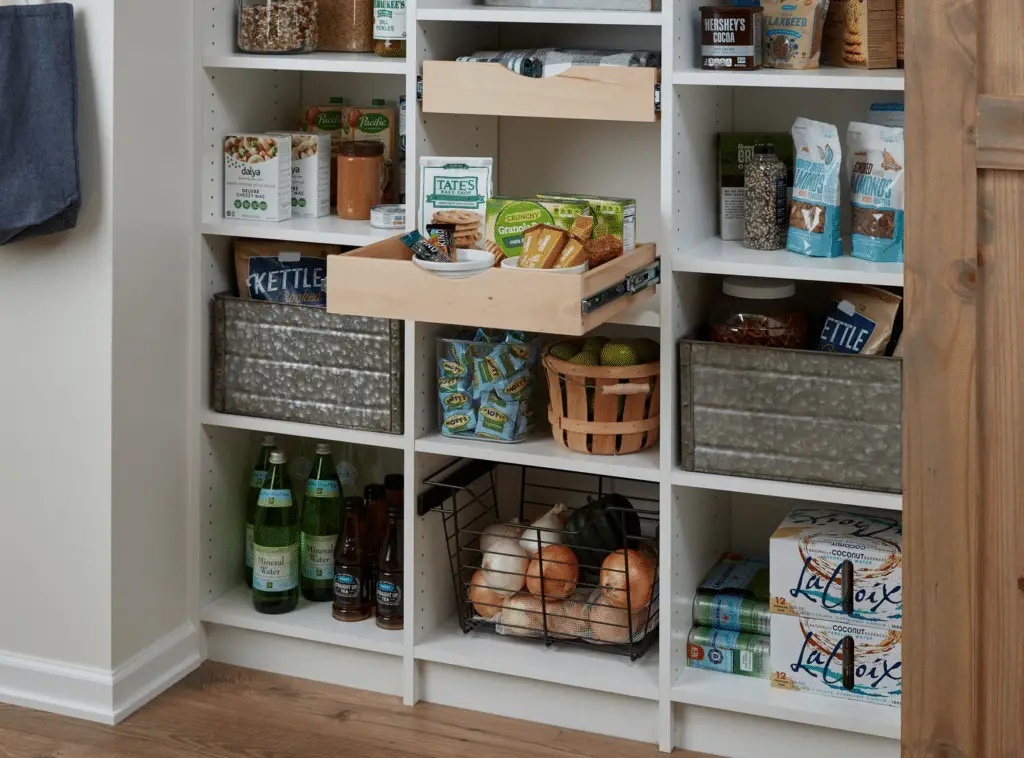
Congratulations, you’ve now mastered the art of framing a pantry like a pro! Remember, a well-framed pantry is the heart of your kitchen, providing organization and efficiency. Always use quality tools and materials, follow the step-by-step guide diligently, and avoid common mistakes.
By maintaining your pantry frame, you ensure its longevity and functionality. So go ahead, frame that pantry with confidence and enjoy the benefits it brings to your space! Happy framing!



